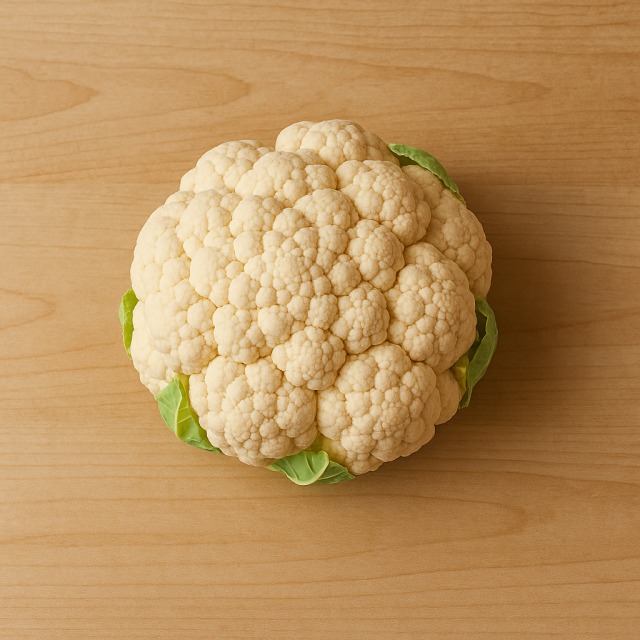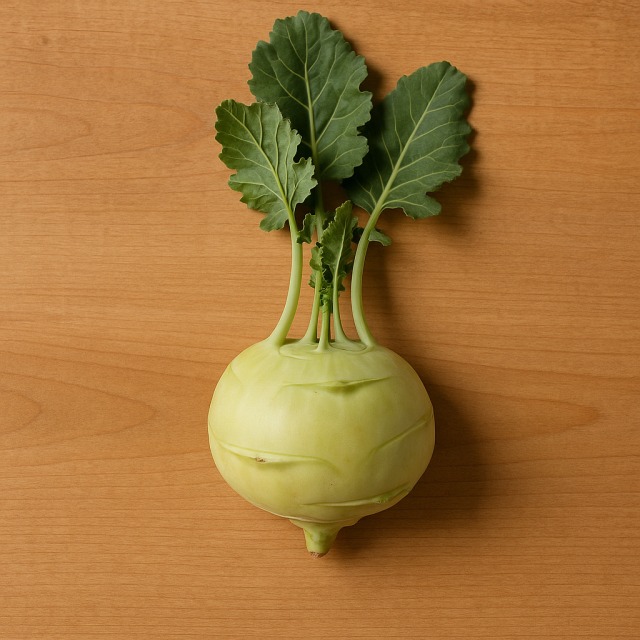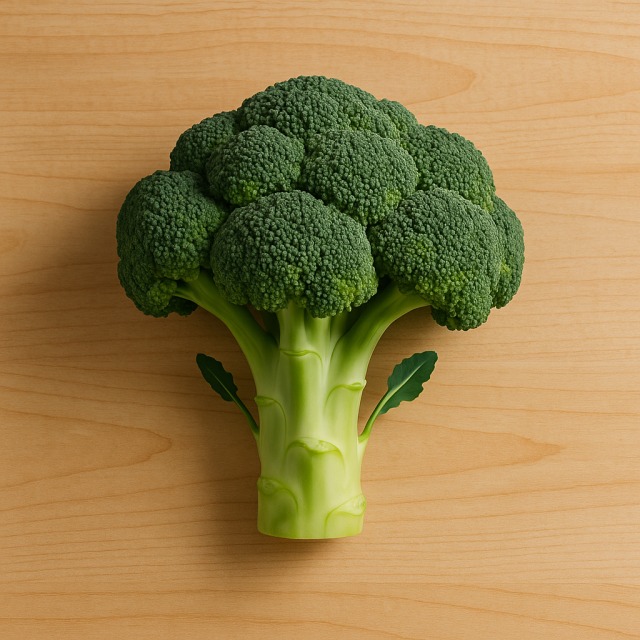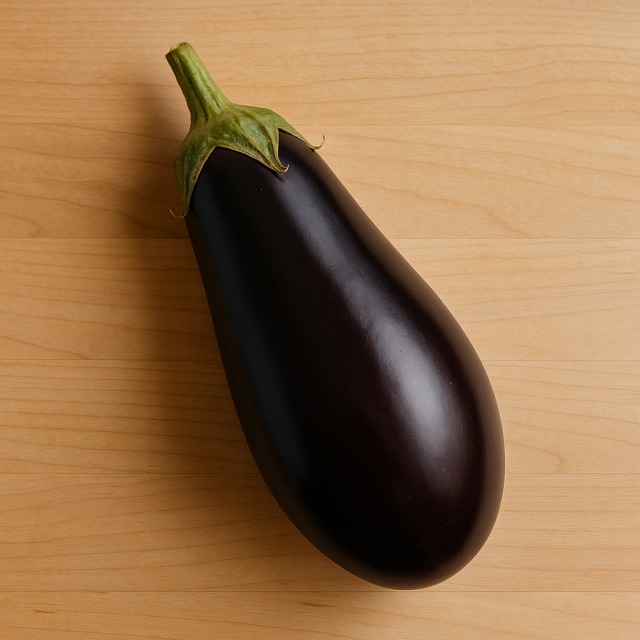Calorie Chart / Vegetables / Chinese cabbage
How Many Calories Are in Chinese cabbage?
Calculation of the nutritional value & Recommended Dietary Intake of Chinese cabbage
For g and a calorie requirement of kcal
| Calories 24 kcal | Proteins 2 g | Lipids 0 g | Carbohydrates 4 g |
| 1% | 3% | 0% | 1% |
Health benefits of Chinese cabbage
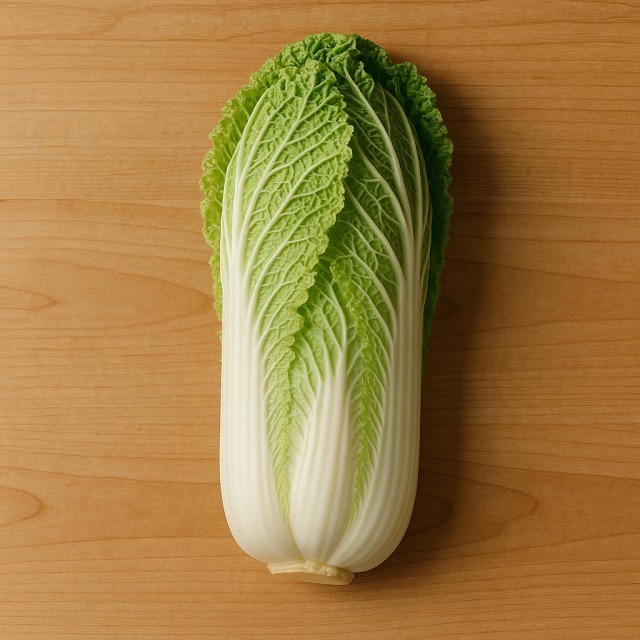
Chinese cabbage - 100g
Calories 12 kcal
Proteins 1 g
Lipids 0 g
Carbohydrates 2 g
Chinese cabbage is a very low-calorie vegetable and can therefore be considered a low-calorie ingredient: the volume you eat is large while the calories you ingest are minimal. Anyone trying to control calories during a weight-loss or weight-maintenance plan can enjoy generous portions without worrying about calories adding up.
Behind its modest calories, Chinese cabbage hides an interesting micronutrient profile. It is rich in vitamin K (bone health and blood clotting), vitamin C (immune support and collagen synthesis), and folate (cell renewal). On the mineral side, it provides potassium for electrolyte balance and a small but valuable amount of calcium. Its fibers gently stimulate digestion while still keeping the calorie count very low.
Like other Brassica vegetables, Chinese cabbage contains glucosinolates and indole-3-carbinol, compounds studied for their supposed anticancer properties (research is ongoing, so the benefit remains "supposed"). Antioxidants help fight oxidative stress without adding calories.
Cultivated for more than 1,500 years in the Yangtze River basin, Chinese cabbage—often called Napa cabbage—spread to Korea and became the main ingredient of kimchi, together with carrot and radish. The fermentation process boosts probiotic intake while hardly modifying calories. Thanks to its history, versatility, and extremely low calories, the vegetable has found a place in modern balanced diets worldwide.
Tips for incorporating Chinese cabbage into a balanced diet
To keep the calories of a lunch salad minimal, replace half the lettuce with shredded Chinese cabbage and add matchsticks of apple, grated carrot, and a spoon of light vinaigrette. You obtain crunch, freshness, and very few calories.
For a satisfying yet light stir-fry, sauté Chinese cabbage with cubes of tofu, a splash of soy sauce, and fresh ginger. This dish provides plant proteins, plenty of fibers, and limited calories—ideal after training when you want nutrients but not excess calories.
If you crave comfort food without exceeding your calorie target, slip finely sliced Chinese cabbage into a bowl of rice and top with strips of grilled chicken breast. The vegetable lightens the overall calorie load while adding volume and micronutrients.
Finally, add a handful of Chinese cabbage to homemade vegetable soup or ramen (if you prepare it) just before serving; it wilts quickly and keeps calories low while boosting texture.
Frequently Asked Questions
- How many calories are in Chinese cabbage?
- There are 12 kcal per 100 g.
- Is Chinese cabbage good for losing weight because of its low calories?
- Yes. With only 12 kcal per 100 g, it delivers bulk and nutrients while keeping calories extremely low, making it popular in slimming programs where calorie intake is strictly monitored.
- Does cooking Chinese cabbage change its calories?
- Steaming or boiling alters the calories only minimally. However, stir-frying in one teaspoon of vegetable oil adds roughly 40 kcal to the pan; keep an eye on added fat if you track calories.
- What nutrients does Chinese cabbage provide apart from low calories?
- Even with almost no calories, it provides vitamin K, vitamin C, folate, potassium, and calcium, plus antioxidants such as glucosinolates.
- Can I swap lettuce for Chinese cabbage in salads to cut calories?
- Absolutely. Both vegetables are low in calories, but Chinese cabbage offers a crunchier bite and stands up well to dressings without increasing calories.
Similar foods
Information provided by Calorie Menu may contain inaccuracies or errors. It cannot, under any circumstances, substitute medical advice or medication.
